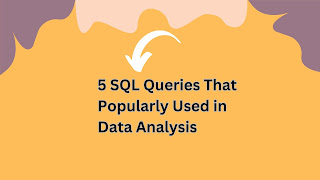Distributed information systems are becoming more popular as a result of improvements in computer hardware and software, and there is a commensurate rise in the use of the associated technologies.
Why distributed computing so popular
- With the increasing desire for business-to-business (B2B) communication and integration, technologies such as Service-Oriented Computing (SOC), Semantic Web, Grid, Agents/Multi-agents, peer-to-peer, etc., are receiving a high level of interest nowadays.
- Due to the revolution in the internet, implementation of SOC B2B integration (e.g. e-commerce, e-government, and e-healthcare) is popular
Where lacking
- Building Web Services comprehensively needs further improvement, for instance, Quality of Service (QoS).
- Detection of service availability to achieve self-healing in the invocation process
- Service reuse, how best to define atomic services
- Service composition
Future computing
- Meanwhile, it should be noted that Web Services play only a partial role in evolving distributed information systems. With the development of future computer hardware, software, and business requirements, many other technologies will probably emerge that will serve particular business goals better.
- Therefore, much recent research has been focusing not only on individual technologies in distributed systems but also on the possibility of combining currently available technologies to improve business outcomes.
-
We concentrate mainly on Web Services and technical issues associated with current Web Services standards, but we also give a brief overview of three other distributed technologies, namely Grid, agents, and Semantic Web, which can work with Web Services. Thus, it concentrates initially on the background of services in distributed information systems, then it introduces Grid, agent, and Semantic Web technologies.
Web services Vs distributed computing
After that, it discusses several technical aspects of Web Services in current distributed information systems, in particular, general Web Service availability and performance issues and the possibility of combining agent technology and Web Services to provide an improved understanding of service availability.
We then introduce JSON (JavaScript Object Notation), which may provide an alternative to current approaches that will deliver better Web Service Performance and discuss service composition, illustrating it with implementation from the EU Living Human Digital Library (LHDL) project.


.jpg)

Comments
Post a Comment
Thanks for your message. We will get back you.